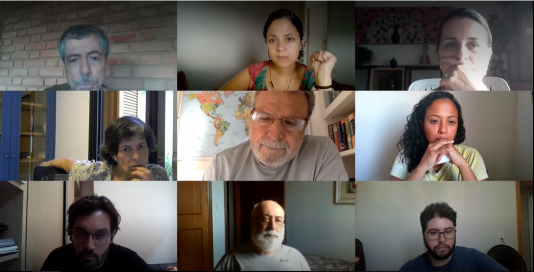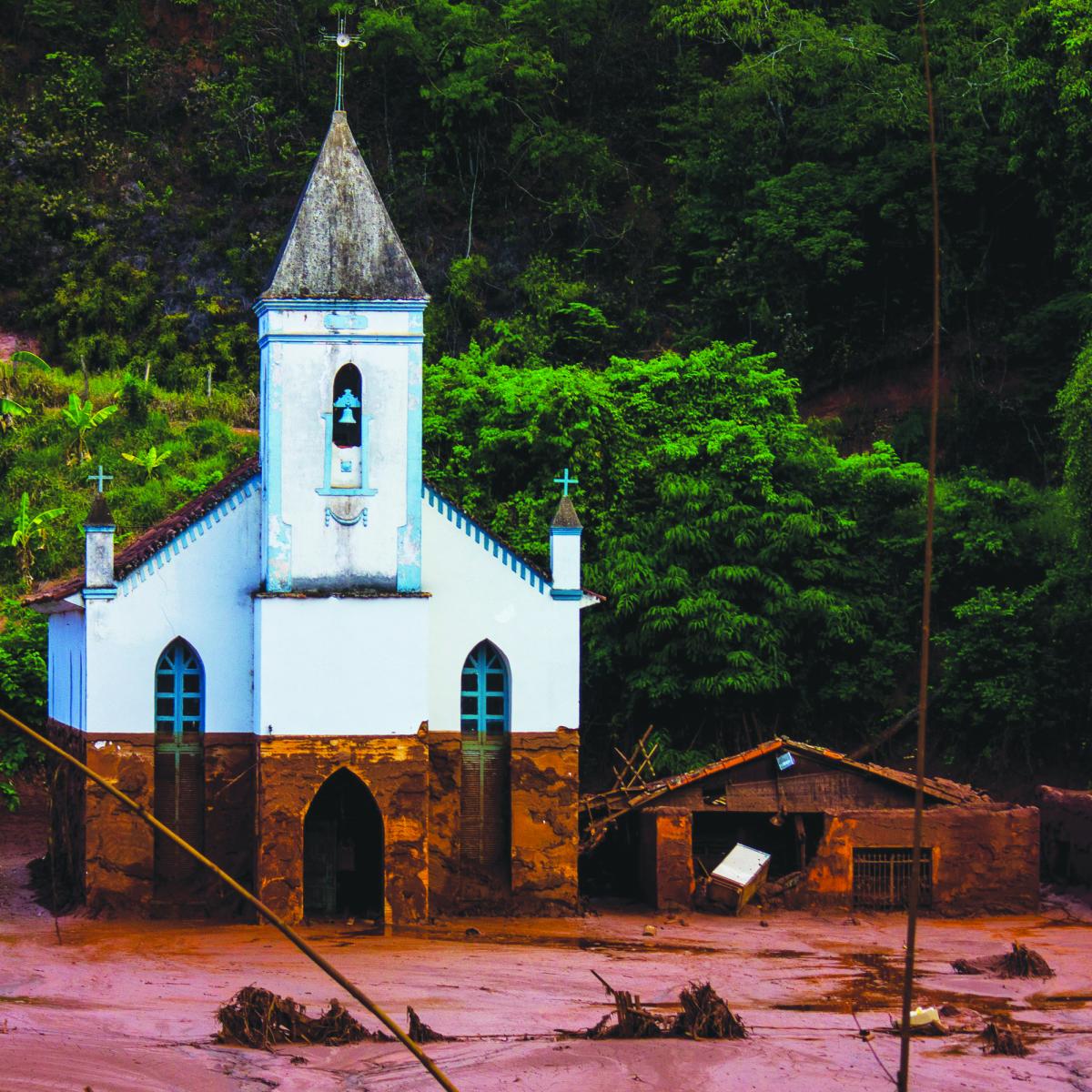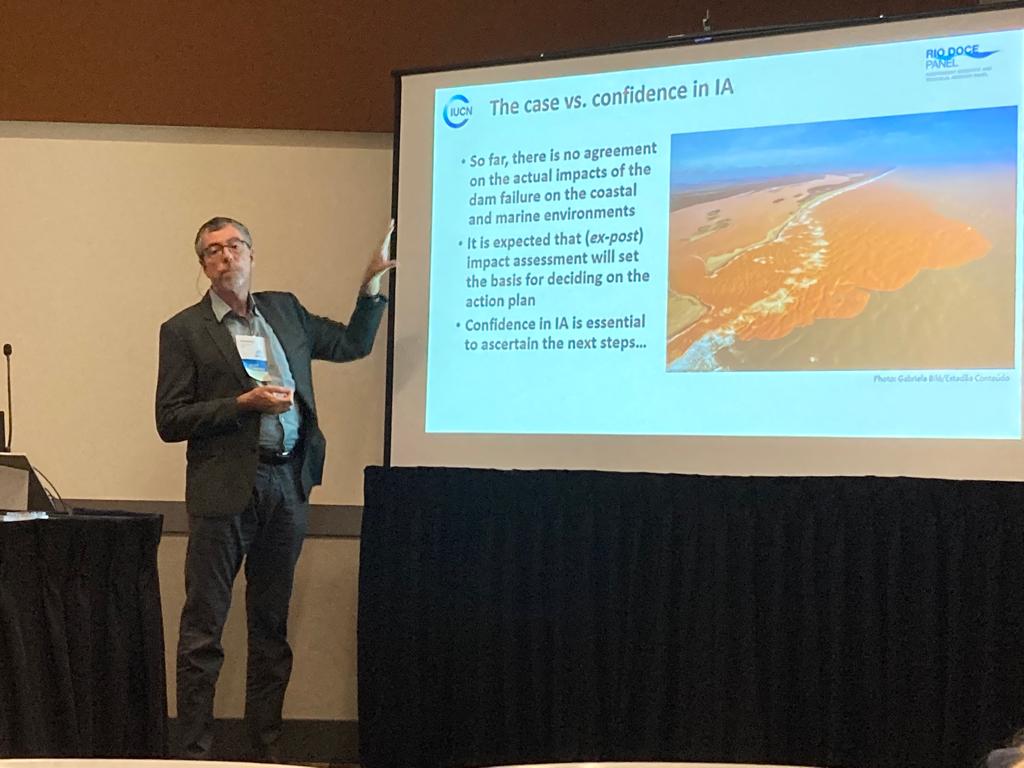Assessing the impacts of the Fundão dam failure on coastal and marine environments
Experts gather in five workshop sessions to discuss the coastal and marine impacts caused by the Fundão dam collapse in 2015.

Photo: IUCN/Rio Doce Panel
The tailings' sludge that hit the Rio Doce in 2015 travelled hundreds of kilometres until it reached the Atlantic Ocean, flowing into the beach of Regência in Linhares, ES. Immediately, fishing and other essential economic activities at the river's mouth had to be interrupted. Communities had their water supply suspended, and the tailings caused severe damage to marine and terrestrial ecosystems, with possible effects on human health not yet scientifically determined.
For a more comprehensive assessment of these impacts, the Rio Doce Panel started working on a methodological approach that can help technical teams detail the extent of the effects caused by the disaster. The new system aims to guide future measures for the management and monitoring of biodiversity in coastal and marine areas of the Rio Doce watershed.
As part of the design process, experts from the Panel, representatives from different technical areas of the Renova Foundation and consultants from the Brazilian Foundation for Sustainable Development (FBDS, in the Portuguese acronyms) gathered in workshops to discuss possible methodologies to improve the identification work, better direct mitigation actions, and ensure their continuity in the long term.
The report proposes subsidising the Renova Foundation in developing the Repair Impacts Management System (SGIR) and assisting the Technical Chamber of Biodiversity of the CIF (CT-Bio) to allow a continuous evaluation and improvement of the Aquatic Biodiversity Monitoring Program.
By applying the methodology, the technical teams carried out an exercise that made it possible to look at the impacts from a more comprehensive approach and exchange impressions from different points of view. A new Rio Doce Panel report with the methodology is planned for the second half of 2022.



